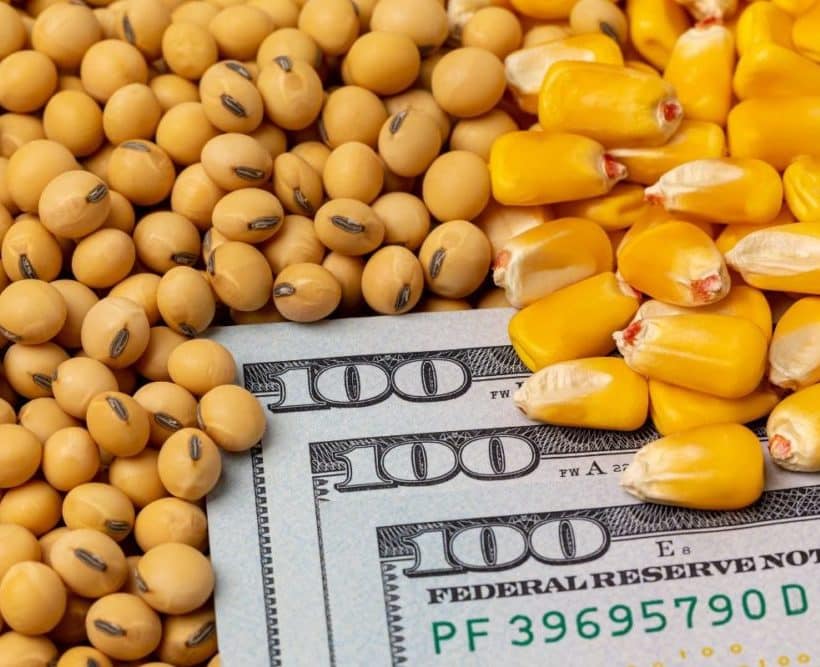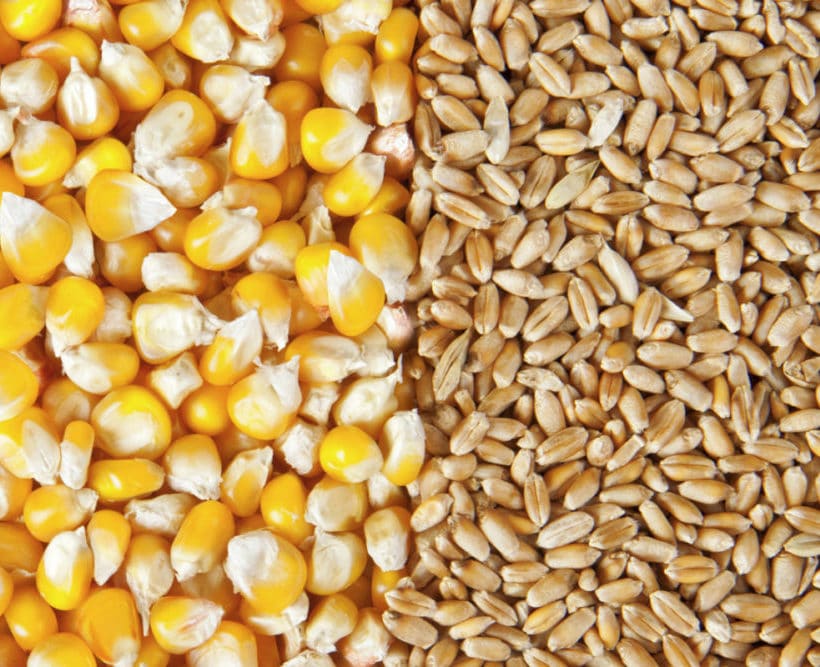Grain market review: Oilseeds
The prospect of ample supplies, despite weather problems in some producing regions, is pushing oilseeds prices lower. The Foreign Agricultural Service (FAS) of the US Department of Agriculture said on June 12 in its Oilseeds: World Markets and Trade report that the US soybean oil price premium compared to other major exporters has declined, and...
COFCO, GROWMARK enter agreements on grain assets
COFCO International, Ltd. and GROWMARK Inc., on June 20, announced they have entered into definitive agreements regarding grain assets in Illinois. Beijing, China-based COFCO International has agreed to purchase GROWMARK’s minority stake in a transloading facility located in Cahokia. In contrast, GROWMARK has agreed to purchase a Chicago grain warehouse facility, known as the B-House, from...
Turkey bans wheat imports
The Turkish Agriculture Ministry recently announced that it will halt wheat imports from June 21 through mid-October to protect Turkey’s farmers from price decreases and other adverse impacts during this year’s harvest. The measures would be implemented to “prevent our producers from being affected by price decreases due to supply density during the harvest period,...
Australian winter crop totals expected to increase 9%
Australia’s overall winter crop production is expected to increase 9% to 51.3 million tonnes in 2024-25 and be the fifth highest on record, according to the June report from ABARES. Wheat production is forecast to increase by 12% to 29.1 million tonnes, while barley production is estimated at 7% to 11.5 million tonnes. Canola production...
Grain market review: Wheat
As harvests approach, the focus for wheat traders is increasingly on the weather, especially its impact on Russia’s crop with low moisture earlier in the year and continued cold temperatures in May. A larger crop than last year is forecast, but with prices in a long-term downtrend, wheat consumption is forecast to outstrip growth. US Wheat Associates (USW) reported in its May 14 Wheat Letter Blog that “across the Northern Hemisphere, wheat price and crop development are dominating market discussion.”
India’s wheat stocks drop to 16-year low
India’s wheat stocks in government warehouses on May 1 reached their lowest level since 2008 with a 10.3% year-on-year drop, Reuters reported. Two years of low crops resulted in the sale of record volumes to boost domestic supplies and lower local prices.
Argentina investing in new grain port
The Argentine government said it plans to invest approximately $550 million to build a new grain port in the Rosario region. The region is considered a vital agricultural center for Argentina, accounting for more than 80% of the country’s agricultural and agro-industrial exports.
USDA: Corn, wheat acres down; soy up
The US Department of Agriculture’s (USDA) March 28 Prospective Plantings report provided a few surprises along with insight into potential 2024 acreage and crop sizes. This year’s report comes with mostly favorable weather across key growing areas, along with commodity prices below those of the past couple of years in many cases.
Brazil’s corn and wheat crops revised lower.
Due to adverse weather conditions related to El Niño, the Foreign Agricultural Service (FAS) of the US Department of Agriculture has lowered its forecast for corn and wheat production in Brazil in marketing year 2023-24. In its Global Agricultural Information Network report, released April 1, the FAS trimmed its corn harvest projection by 2 million tonnes from the previous forecast, to 122 million, down from 135.5 million in 2022-23. The agency also slashed its projection for Brazil corn exports by…
Focus on Saudi Arabia
Saudi Arabia produced nearly double the wheat expected in the 2022-23 marketing year and is on track for similar results in 2023-24 as government purchase prices remain high. Production totaled 1.18 million tonnes in 2022-23 and is estimated at 1.2 million tonnes in 2023-24, according to a report from the Foreign Agricultural Service (FAS) of the US Department of Agriculture (USDA). The government offered a purchase price of $466.70 per tonne.










